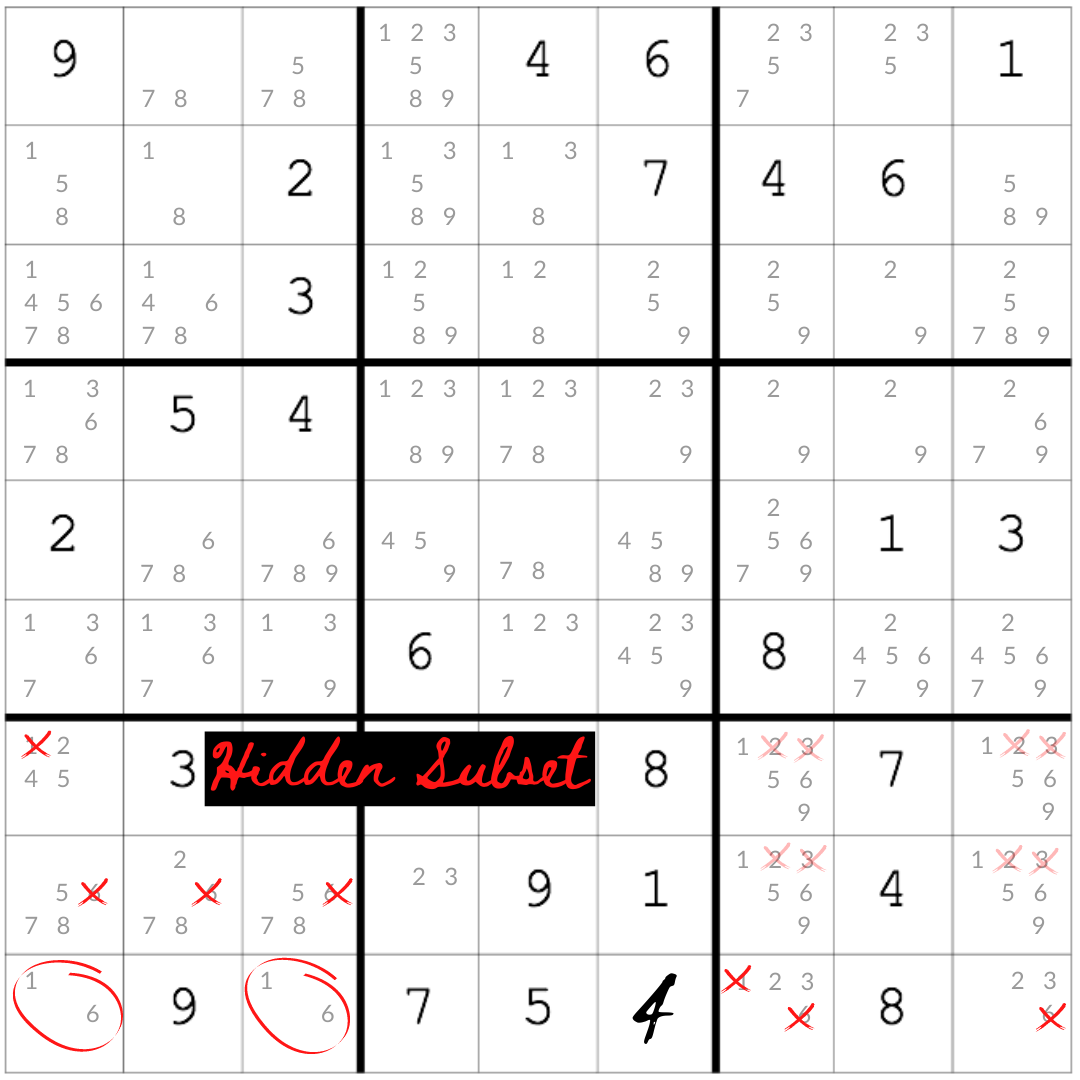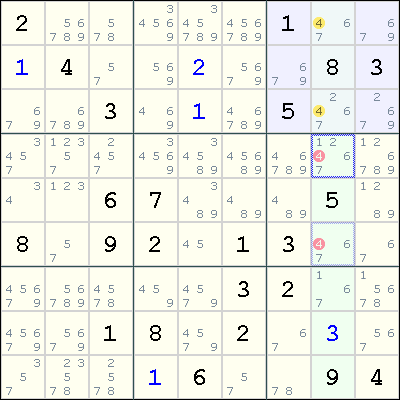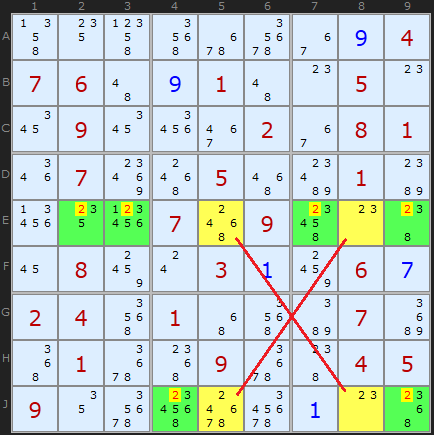
The player must select a box with only two candidates, choose one, and try to solve the table. Of all the advanced Sudoku solving techniques, this Sudoku strategy is usually used as a last resort since its premise involves guessing up to a certain point.

In the case of a positive answer, the player must eliminate the “problem digits” and keep the other candidates in that cell. The player must check to see if there are other candidates in any of those four boxes. The prospect of a pattern of uniqueness arises at the end of the puzzle. In this case, there are two possible solutions for each box since the choice of digits is random. However, in the more advanced difficulty levels, the player can find two. Each bouquet must share one digit with the base or stem.Īccording to the essential Sudoku tips for beginners, Sudoku puzzles can only have one solution. These cells create the shape of a Y, in which one cell takes the base, and the others are the bouquets. You could apply this method when three cells are in the table with only one pair of candidates, and they share at least one digit. The XY-Wing technique is used to remove candidates. Connecting these cells will result in a closed string in which only two sets of positions are possible for that digit. You must join these grids by column, regardless of the geometric shape they design. The player must find a candidate digit in two partitions on the same line, on three different lines. The Swordfish Sudoku strategy also helps eliminate candidates in cells. The strings can be long and do not always produce the desired results. Of all the advanced Sudoku solving techniques, Sudoku strategy expert players usually avoid forced strings method. The player must choose one and test how the table evolves when each cell digit is applied. There must be grids with only two candidates on the table. When they work, the player discovers the solution for a cell. On the other hand, you will need a high degree of concentration. Forced strings technique is one of the easiest to understand advanced Sudoku solving techniques. The next step will be to test each of the pairs in the table. The player can use this technique by drawing an ‘X’ that diagonally joins the extremities of this geometric shape when there is a repeated candidate in four cells. Players at intermediate level can also apply this method. The X-Wing strategy is one of the most complex Sudoku strategies. Whatever the case, their application always requires high levels of concentration. If you are from those who keep asking is there a strategy for Sudoku, we bring here SIX advanced Sudoku playing strategies. Sudoku improves concentration, helps reduce stress and anxiety, encourages a healthy mindset, helps develop children’s problem-solving ability, promotes healthy competition, enhances problem-solving ability, improves memory, etc. Just spread the numbers without repeating them horizontally, vertically, or in smaller squares. The Sudoku player needs to distribute the numbers from one to nine in a square of 81 squares. Wayne Gould visited Japan, learned about complex Sudoku strategies, and developed a computer program for the game, launched in 2003. There is only one right solution for each house.

The primary Sudoku strategy includes lateral thinking, patience, good visual acuity, and reasoning ability. Players cannot repeat the numbers in the same row, column, and square. The rows and columns have nine “squares.” The players must fill each row, column, and square with numbers from one to nine. Sudoku has a 9 x 9 grid of 81 cells in total. Repeat the process several times until you fill-up the entire square. Write the number and exclude it from the other places in the same row, column, or cell. You already have the result where there is only one possibility in houses. The idea is to write down all the possibilities with a pencil so that you can erase them later. Always start with the groups that have the most clue numbers already laid out. The first step in Sudoku tips for beginners is to analyze each row, column, and cell and find the numbers that you can place there. Today, Japan has more than six thousand magazines specializing in sharing and enhancing Sudoku strategy reports.

Upon returning to his homeland, Kinji improved the game.

The Japanese Maki Kinji learned about the game in 1984. The 9 x 9 format became popular in the US in 1970. The famous Swiss mathematician Leonhard Euler created Latin squares – a game in which numbers must appear only once in each row and in each column. In Japanese, Sudoku means “suji-wa-dokushin-ni-kagiru,” which means, “the numbers must be unique.” This game requires logic and reasoning for resolution.


 0 kommentar(er)
0 kommentar(er)
